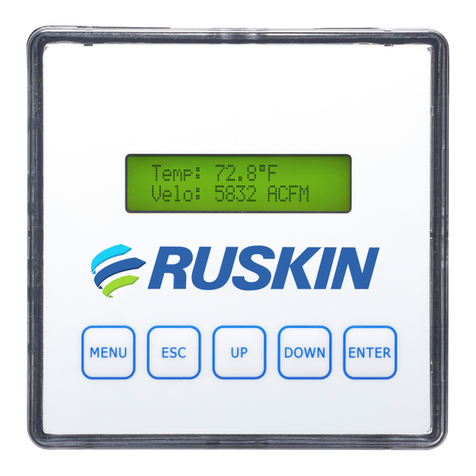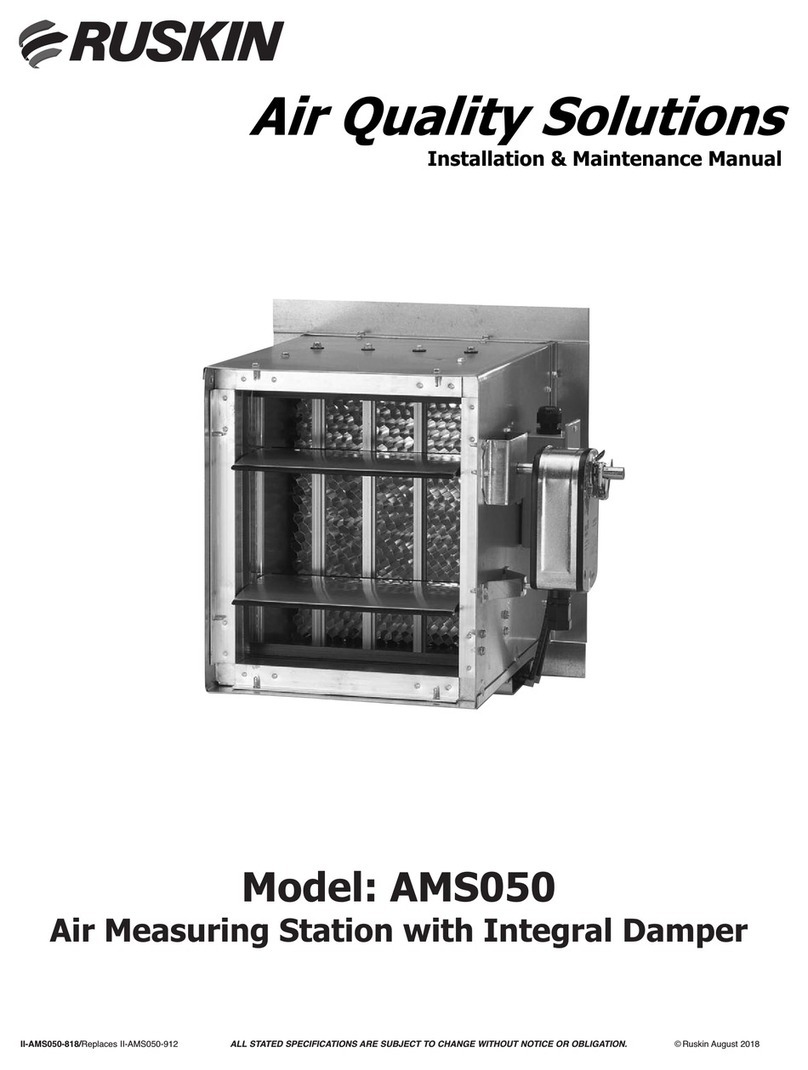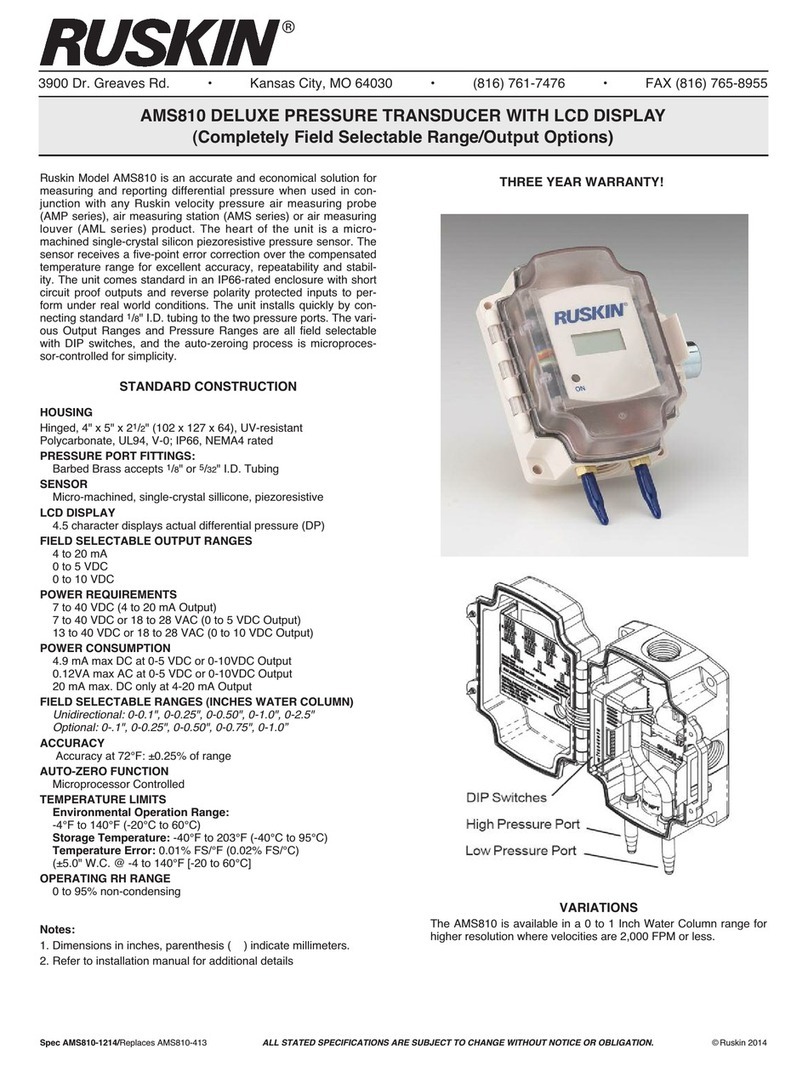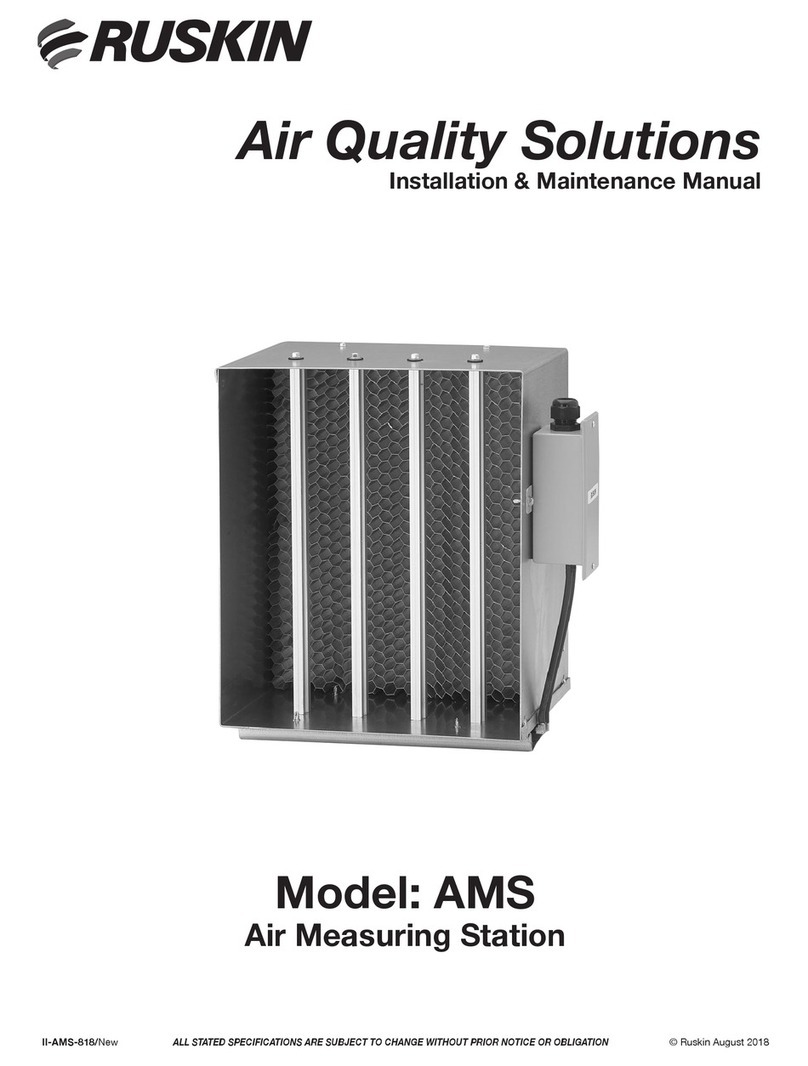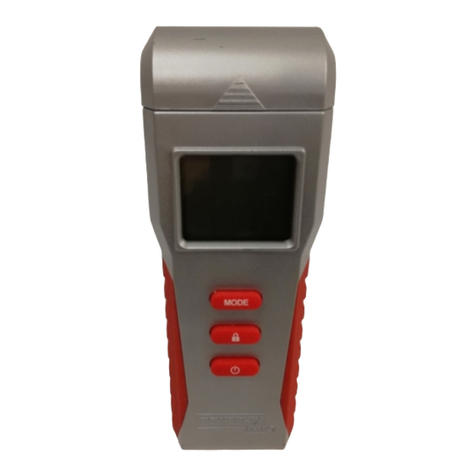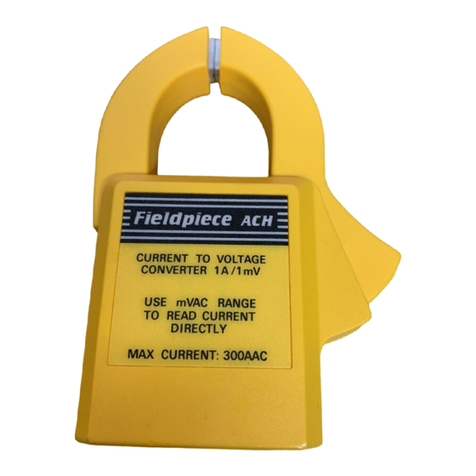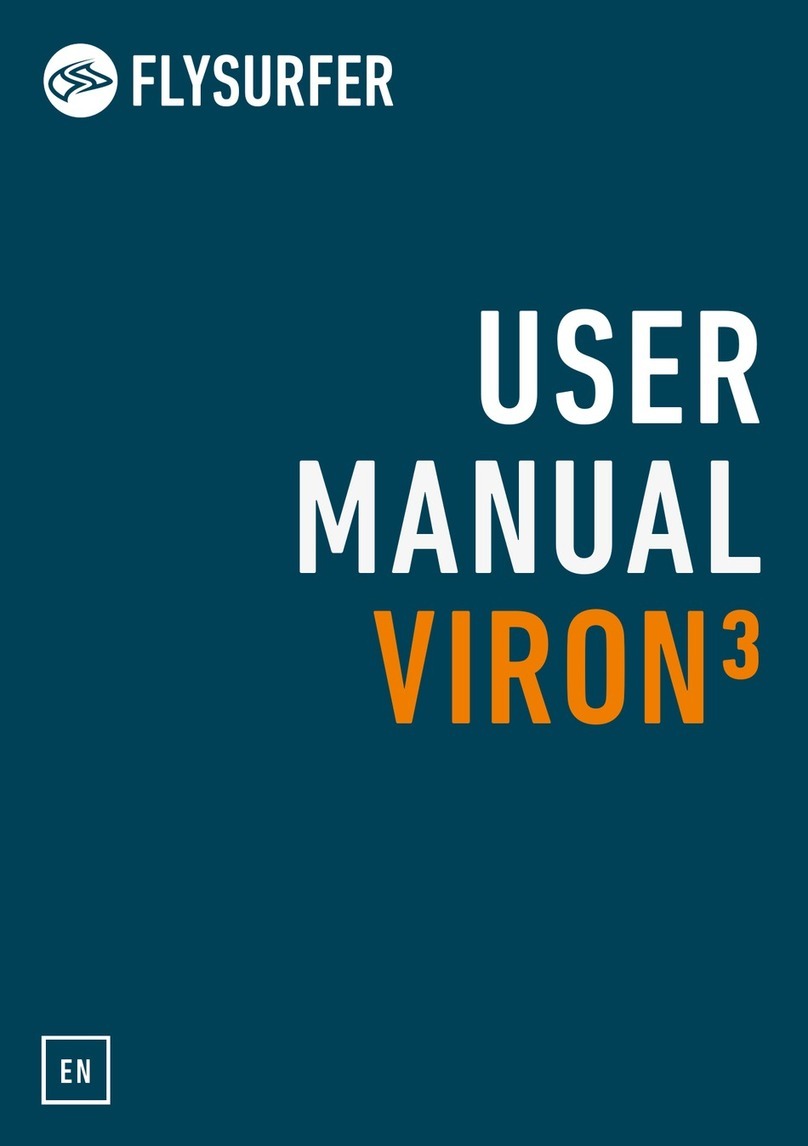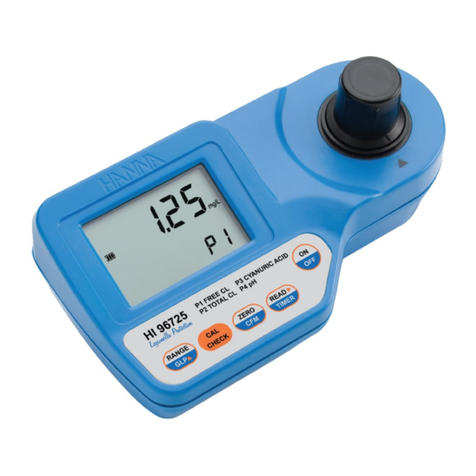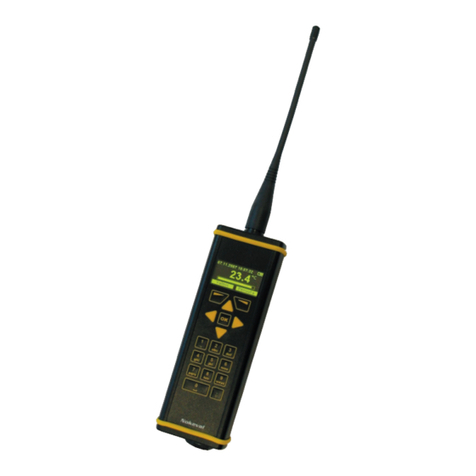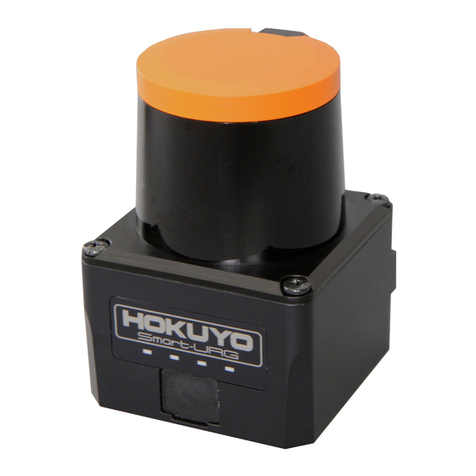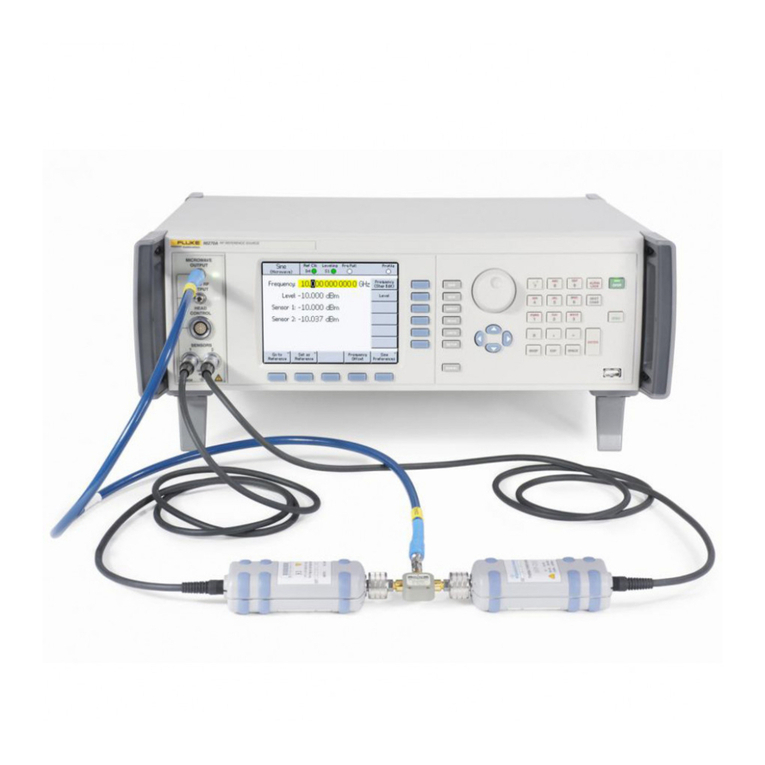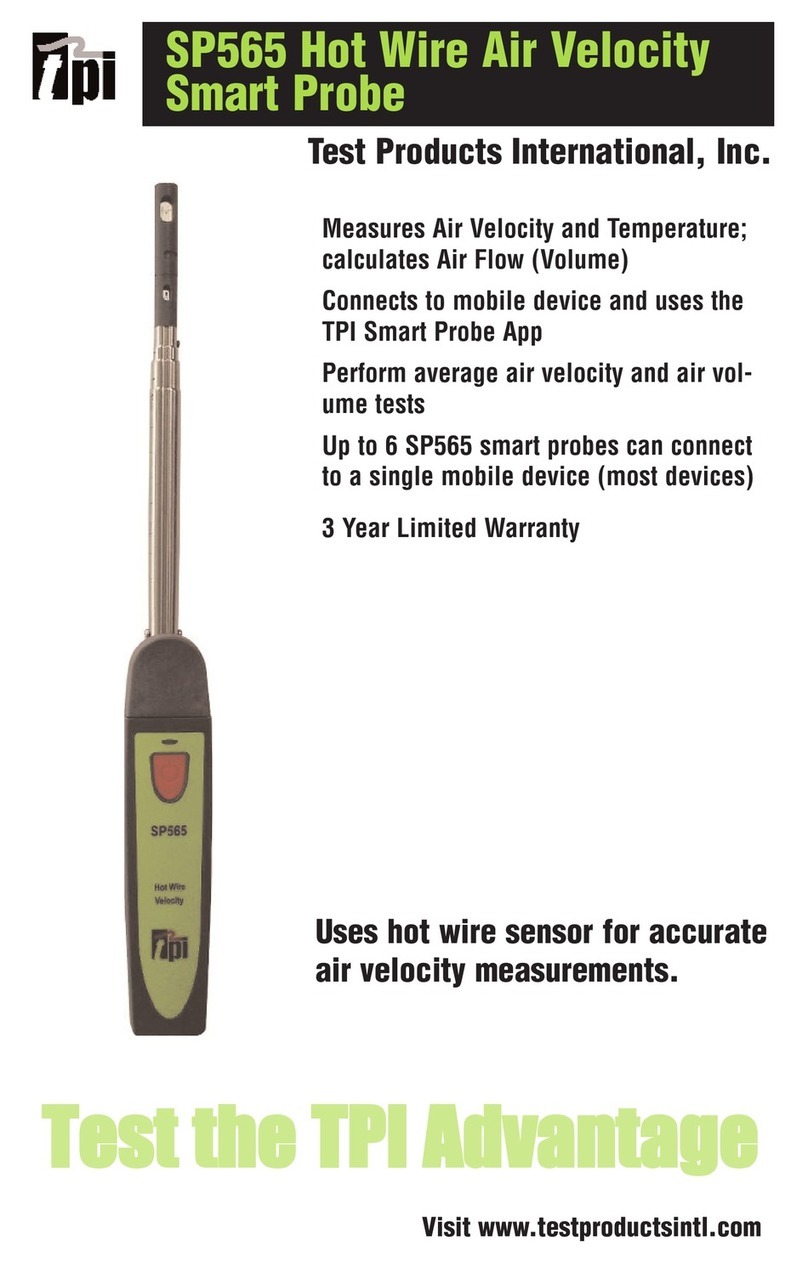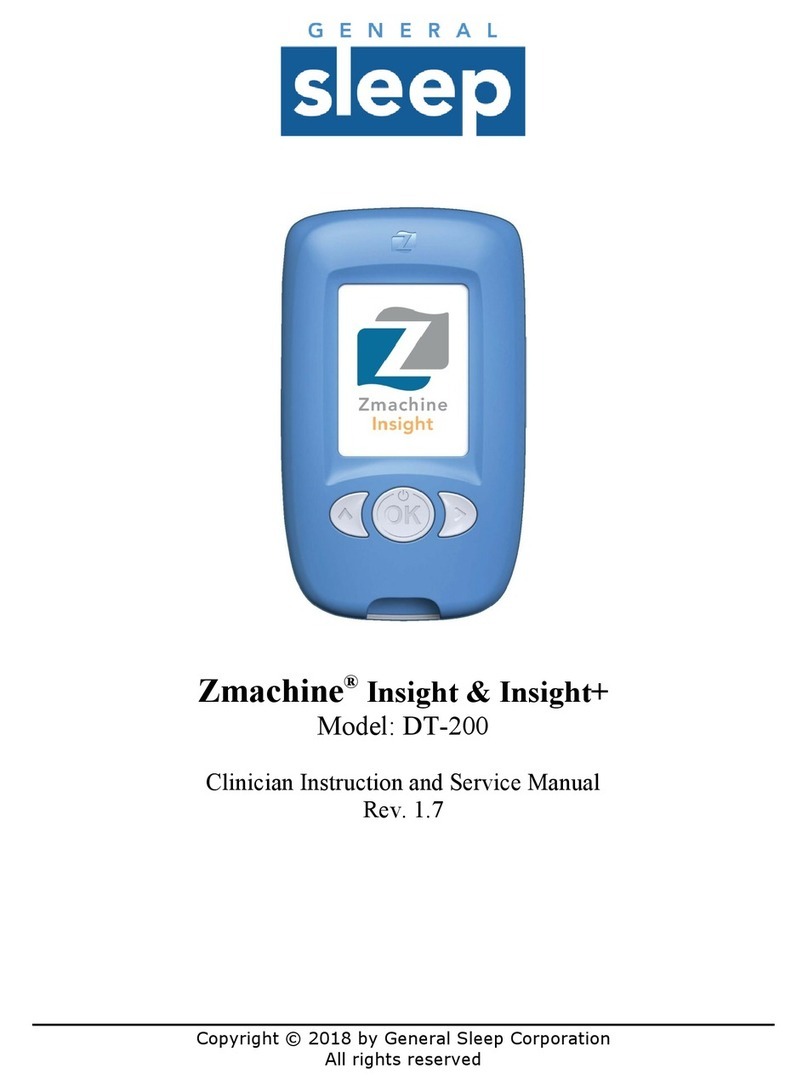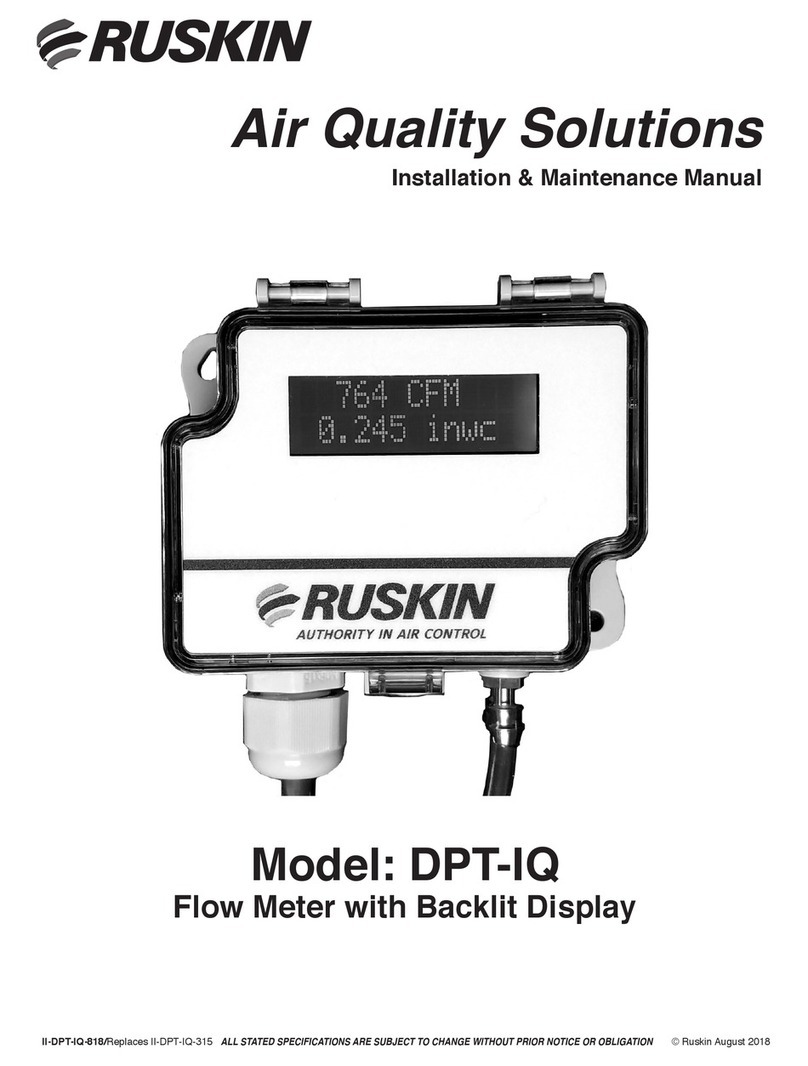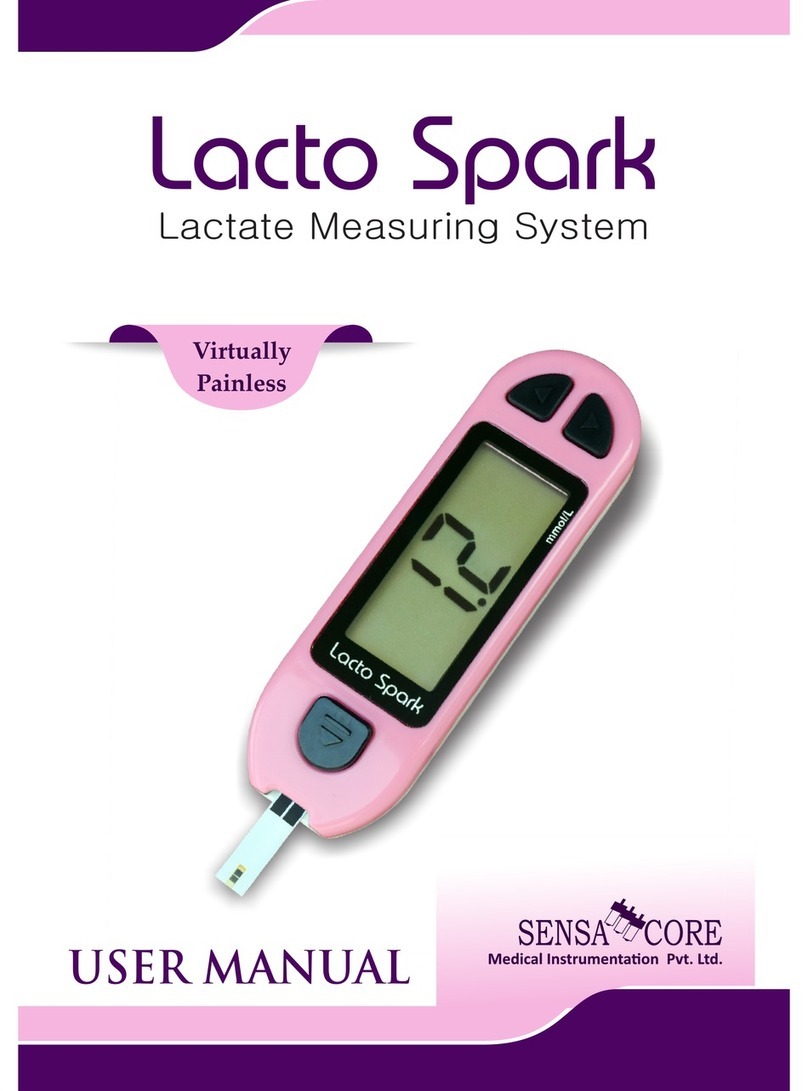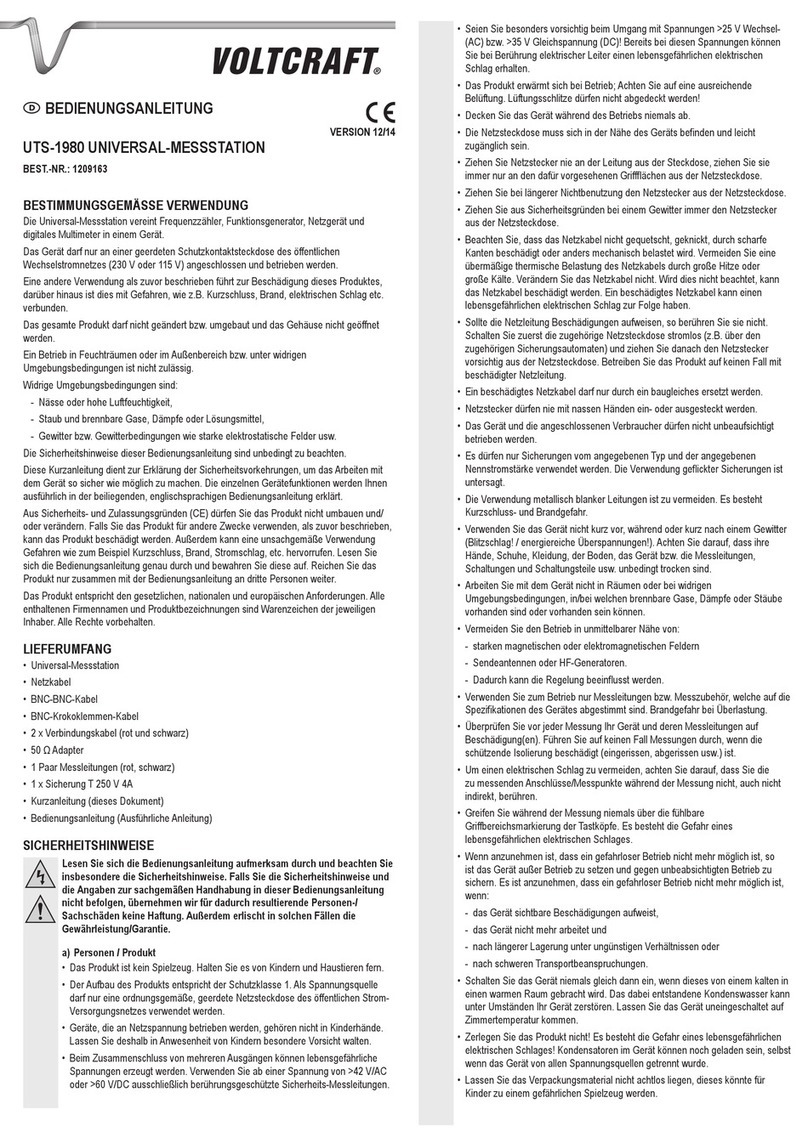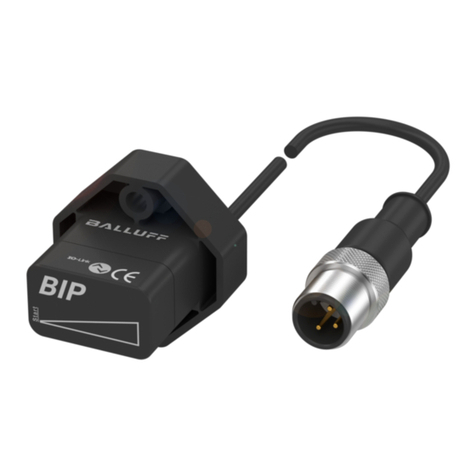
PAGE 3
The frost threshold is the outdoor temperature at which
frost will begin to form on the ERV wheel. For energy
recovery ventilators, the frost threshold is typically below
10oF. Frost threshold is dependent on indoor temperature
and humidity. The table shows how the frost threshold
temperatures vary depending on indoor conditions.
FROST THRESHOLD TEMPERATURE
INDOOR RH AT
70oF
FROST THRESHOLD
TEMPERATURE
20% 0oF
30% 5oF
40% 10oF
Because Energy Recovery Ventilators have a low frost
threshold, frost control options are not necessary in many
climates. Where outdoor temperatures may drop below
the frost threshold during the ERV operational hours,
exhaust only frost control option is available.
Low Ambient Kit
Low Ambient Kit turns off the supply blower when outdoor
temperatures fall below the frost threshold. The Exhaust
Only set points are field adjustable with a factory supplied
thermostat. Intake fan operation is automatically restored
when the exhaust air temperature rises above the
thermostat set point. Provisions for introducing make-up
air into the building when the intake blower is off to avoid
depressurization should be considered.
Recovery Wheel Mode
On a thermostat call for blower operation in heating,
cooling or continuous blower, the ERV media will rotate
between intake air and exhaust air streams. Both the
intake air blower and exhaust air blowers will also be
operating to overcome the air resistance of the ERV
media. The ERV unit will operate in this mode until
economizer mode is activated.
IX - System Check
1. Disconnect ERV main power by moving “power”
rocker switch to off position on control relay circuit
board.
2. Remove control access panel and apply 24 volts to low
voltage terminal strip at “G” (+24 vac) and “C”
(common).
3. Restore power to unit. Observe ERV drive motor for
wheel and both blowers are running.
4. Verify that the ERV blower motors are set to “high”
speed for correct speed and operation.
A - Blower Speed Adjustment
Blower speed selection is accomplished by changing the
speed selection switch on control relay circuit board in
control box. Both fresh air and exhaust air blowers are
direct drive multi-tap motors. Both blowers are factory set
at “high” speed for maximum airflow. To determine air flow
setting, external static pressure readings will need to be
read across the ERV.
B - Air Balancing Adjustment
1. Remove plastic plugs in support panels (4 total).
2. With a manometer measure pressure drop [inches of
water column] across top half of ERV (top holes in door
panel). Unit CFM is determined then by refer to Table
#1. If CFM values are not per design, adjust damper in
fresh air duct and repeat measure method.
3. Repeat the same process for the bottom half of ERV. If
CFM values are not per design, adjust internal slide
damper inside the ERV. This is accomplished by
removing door panel at the return air opening,
loosening (2) screws in center of damper, then slide
damper up or down in the return airstream and
retighten screws. Replace door panel and repeat
measurement method. Some applications may
require addition adjustment to get lower CFM. A
barometric adjustment stop can be used to add
restriction to exhaust blower
4. Place plastic plugs back in to support panels.
X - Maintenance
—All motors use prelubricated sealed bearings; no
further lubrication is necessary.
—Make visual inspection of dampers, linkage
assemblies and ERV rotating bearings during routine
maintenance.
—Filters should be checked periodically and cleaned
when necessary. Filter is located in front of ERV unit
and before blower cabinet.
—ERV segment, is positioned on a shaft extended from
middle support bar. A galvalum steel disc secures to
the shaft with a Phillips head screw holding the ERV in
place and protecting the ball bearing assembly.
Annual inspection of the self cleaning wheel is
recommended. With power disconnected, remove
ERV access panels (rear and center) and unplug
[J150 & P150] (Refer to wiring diagram in this
instruction manual). Then remove wheel cassette
from cabinet by sliding assembly out of support tracks
in center of unit. Discoloration and staining of ERV
segment does not affect its performance. Only
excessive buildup of foreign material need be
removed. If the segment appears excessively dirty, it
should be cleaned to ensure maximum operating
efficiency. To clean the wheel remove belts, screw
from center hub, grasp segment by rim and remove.
thoroughly spray plastic surface with household
cleaner such as Fantastic® or equivalent or middle
detergent and gently rinse with warm water using a
soft brush to remove heavier accumulation. Shake
excess water from segment and replace in reverse of
removal instructions.
XI - Warranty
RSI Manufactured Parts
In the event that defects in workmanship or materials
originate in any part manufactured by RSI, FOB point of
manufactured, we guarantee to repair or replace that part,
within three (3) months of the shipment date.
Other Supplied Parts
Additionally, RSI guarantees to replace standard
components purchased new from a RSI vendor, (motors,
controls, etc.) that may be found defective, within twelve
(12) months of the installation date. The components
warranty, however, excludes service call charges and
labor cost for replacing or adjusting the defective part.
Limitation Of Warranties
Misapplication, destruction, negligence or alteration
constitute the warranty and/or the components warranty of
RSI products and/or parts, null and void. This warranty is
provided in lieu of all other written, stated or implied
warranties.
